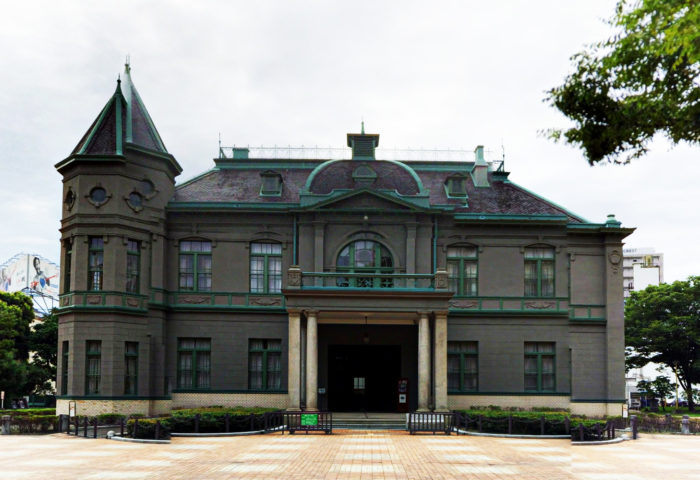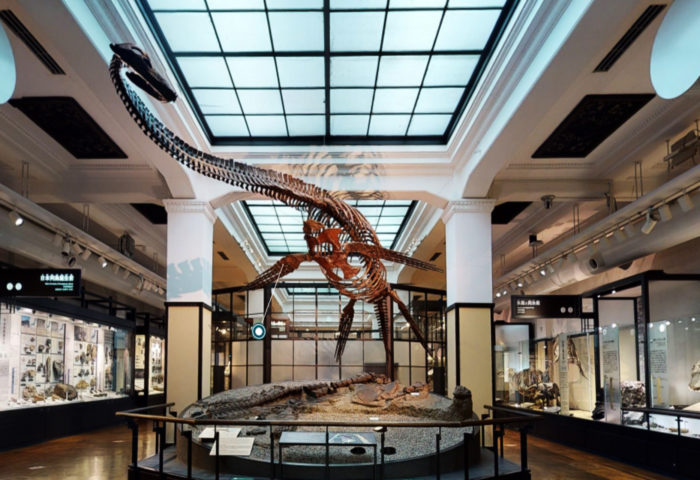Peirene Fountain
- Leave First Review
- 2020
According to myth, the monument owes its name to nymph Peirini, while another myth links it to Pegasus. The first indications alluding to its use date back to the Neolithic period, while the first spatial configuration dates to the geometric and archaic period.
Details
During the 2nd c. B.C. it included six chambers with access to three pumping basins. These were fueled by four huge cisterns. Its façade was constructed during the early Roman period, bearing Doric semi-columns framing the arched openings in front of the old chambers. A little later, a rectangular yard placed to the north of the fountain was surrounded by high walls. At the center of the courtyard, the open-air fountain was created at a lower level and supplied with water through large ducts below the courtyard floor.
The three-niche courtyard building was constructed towards the late 4th c. A.D., and marble columns and decorative architraves were later added in front of the façade. During the Byzantine era, a small church was built at the southwest corner of the courtyard, which was gradually filled with earth and used as a burial ground.
Source: https://www.corinth-museum.gr/en/archaeological-site/peirene-fountain/

About the Reconstructed 3Dmodel: Processed scan Lidar+photogrammetry dataset from Cyark Open Heritage Project: https://artsandculture.google.com/project/cyark Processed in Reality Capture , added water texture and reconstruction lines based on Peirene Fountain, ca. A. D. 160. by C. Iliakis, from Petros G. Themelis. This work is under Creative Commons Attribution-NonCommercial 4.0 International License: https://creativecommons.org/licenses/by-nc/4.0/legalcode
Artist: https://sketchfab.com/RaizVR



Reviews for Peirene Fountain